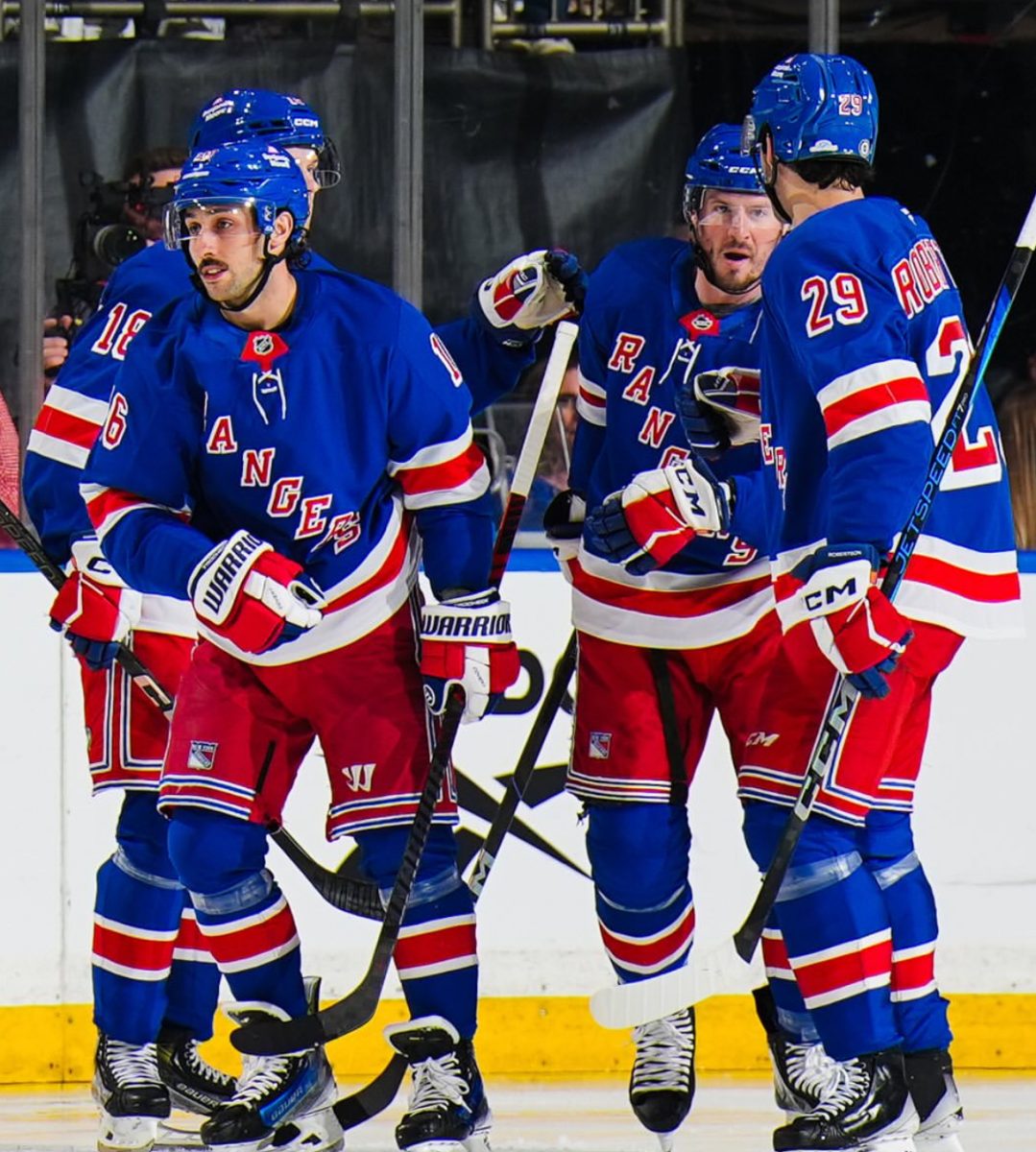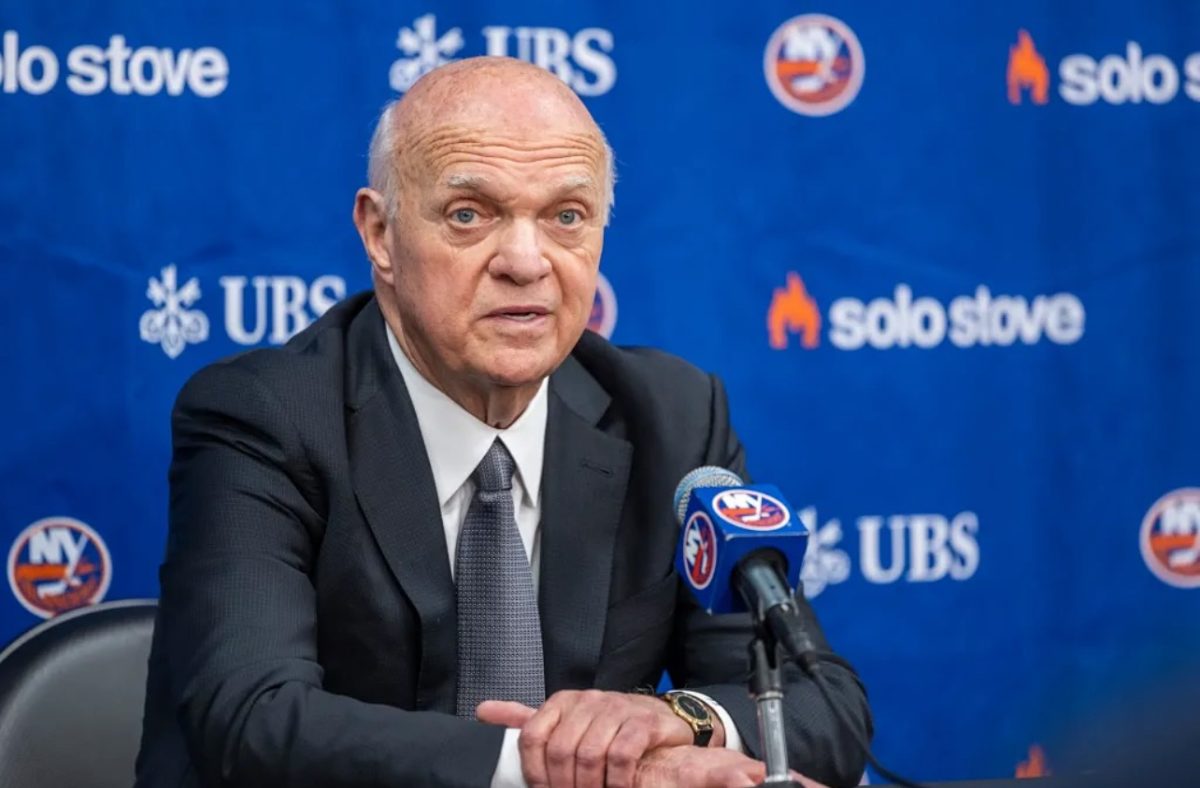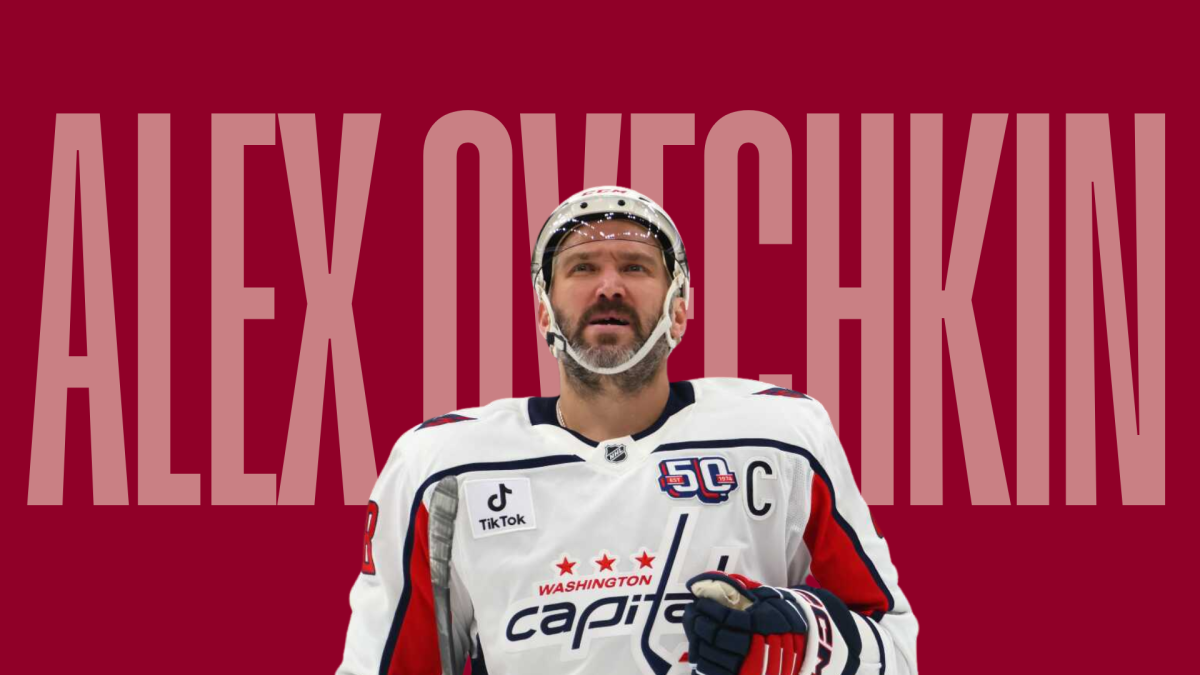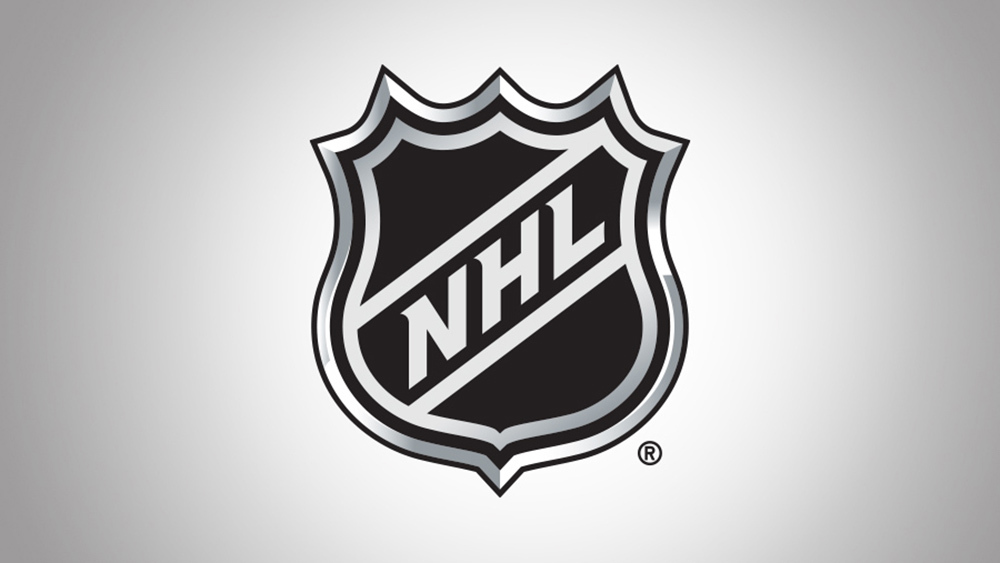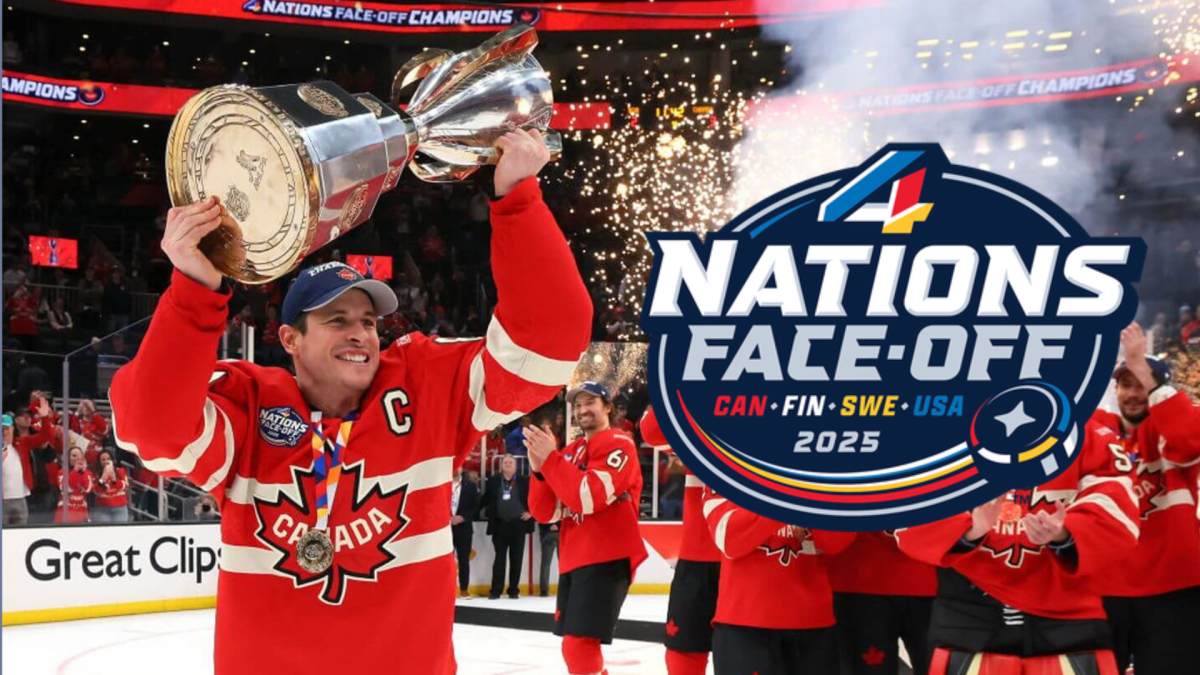
By Matt McCormack
The 2015 NHL Draft class is being hyped as one of the deepest in recent league memory. Headed by center Connor McDavid, whom many experts believe to be the next great generational talent, this draft features many budding superstars who would definitely be in consideration for the number one pick any other year.
Center Jack Eichel and defenseman Noah Hanifin are two of these additional prizes for teams who find themselves at the bottom of the standings. Simply put, it is a good year to be bad. The question is: should teams that are positioned near the middle of the standings, with no hope of making the playoffs, intentionally tank in order to land one of these top picks?
Tanking can be frustrating in the short run — no fan wants to see their team at the bottom of the pack as the league’s laughing stock — but extremely beneficial in the long run. It comes down to this important question: would you be satisfied with having your team in the middle of the pack, competing for the playoffs every year but never quite reaching the promised land?
At least each season would be competitive and entertaining to watch. However, it is very tough to improve through the draft in this situation since these teams only receive mid-level draft picks.
The Pittsburgh Penguins have benefitted from tanking perhaps more than any other NHL team. It can be argued (and has been by some) that the Penguins would not have any Stanley Cups without tanking at opportune times. They finished low in the seasons previous to the 1984 and 1990 drafts, in which they took Mario Lemiuex and Jaromir Jagr respectively, who led the Pens to two consecutive Stanley Cup victories. They also finished very low for a period in the early 2000s.
In fact, they received top three picks from 2003 to 2005, in which they drafted Marc-Andre Fleury, Evgeni Malkin and Sidney Crosby respectively. All three helped the Pens win their third Stanley Cup and establish their recent league supremacy.
Whether the Penguins were intentionally tanking to receive these players is up to debate, but it definitely demonstrates that tanking at the right time can lead to great results in the future.
Just because a team tanks and receives a top draft pick, however, does not ensure success in the future. Take the Edmonton Oilers. They have been tanking for over half a decade. From 2010 to 2012 the Oilers had three straight number one picks, drafting Taylor Hall, Ryan Nugent-Hopkins and Nail Yakupov respectively. In addition, they received the 10th overall pick in 2009 and the seventh pick in 2013. None of their low finishes and high picks have resulted in any success on the ice, as they continue to be perennial bottom dwellers.
From these two examples, it is clear that tanking has its risks but can lead to even bigger rewards.
The Penguins were lucky enough to be bad right before amazing draft classes, while the Oilers have been stuck with some mediocre ones over the past few years. Luckily, for the Oilers, Sabres and Hurricanes this year, the upcoming draft class looks to be stacked beyond belief, making the act of tanking a harsh but necessary evil.






































































































































































































